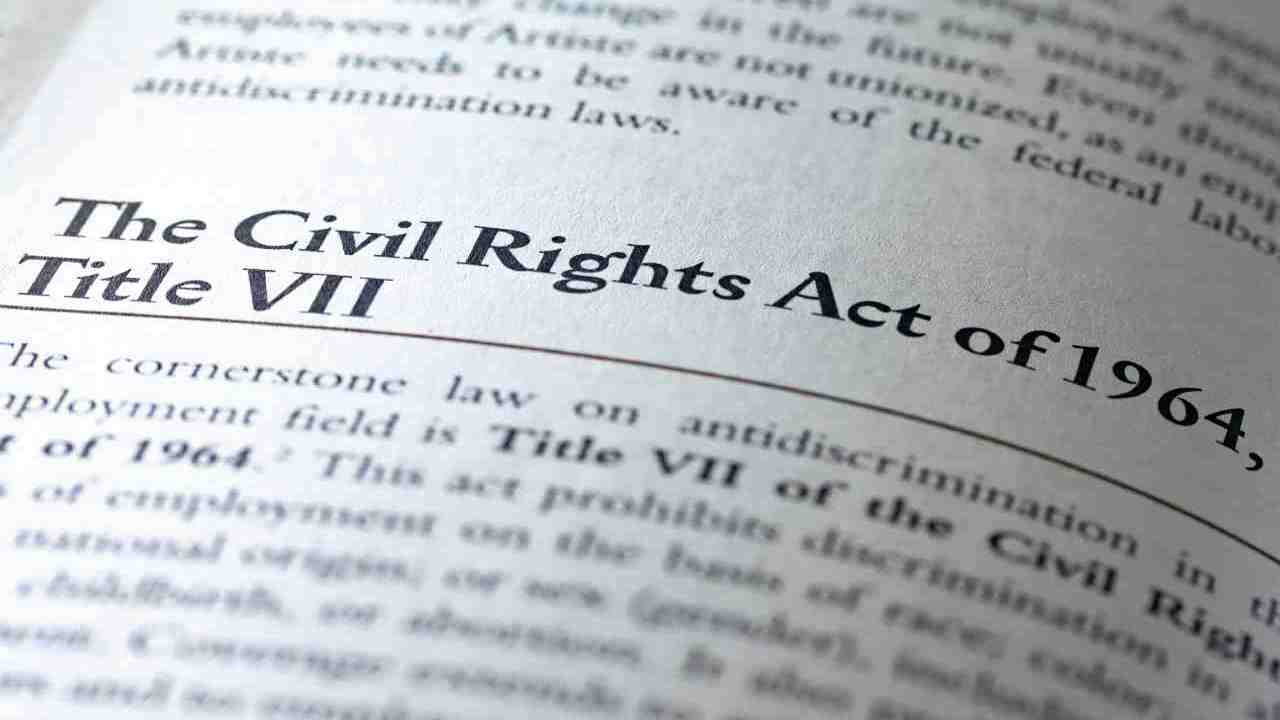
Rescission of EO 11246: How It Impacts Federal Contractors
Executive Order (EO) 11246, issued by President Lyndon Johnson in 1965, was a landmark in the Civil Rights Movement. This order prohibited government contractors from discriminating based on race and gender, with later amendments under the Obama administration including sexual identity and orientation.
Core Provisions and Requirements
EO 11246 was fundamentally a Civil Rights law designed to ensure Equal Employment Opportunity (EEO) and nondiscrimination. It required federal contractors to proactively review their employment practices through Affirmative Action Plans to identify and eliminate barriers to EEO. The order also included numerous technical requirements, such as specific language in job postings and mandatory outreach efforts.
The Role of the OFCCP
The Office of Federal Contract Compliance Programs (OFCCP) was responsible for monitoring and enforcing EO 11246, along with the Vietnam Era Veterans’ Readjustment Assistance Act (VEVRAA) and Section 503 of the Rehabilitation Act. These three laws formed the foundation of government contractor compliance obligations related to EEO and nondiscrimination.
Changes Under the Trump Administration
The Trump administration’s Executive Order titled “Ending Illegal Discrimination and Restoring Merit-Based Opportunity” revoked EO 11246. This new order instructed the OFCCP to cease promoting diversity, holding contractors accountable for affirmative action, and encouraging workforce balancing based on protected characteristics. It also directed the removal of Diversity, Equity, and Inclusion (DEI) principles from federal acquisition and contracting procedures.
Continuing Obligations and Impact on Federal Contractors and Private Employers
Despite the revocation of EO 11246, federal nondiscrimination laws remain unchanged. Contractors must still comply with existing EEO and affirmative action obligations under VEVRAA and Section 503. The new order does not eliminate the OFCCP or contractor nondiscrimination obligations but removes the requirement for race and gender affirmative action plans. Private employers should also be aware that employment decisions based on protected characteristics remain unlawful.





